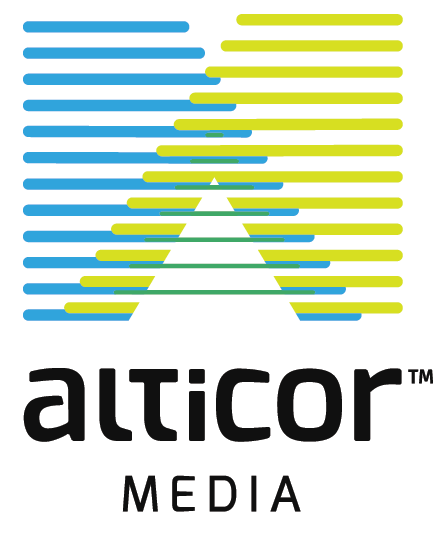Project Description
To optimize a budget and acquire maximum results, it is important to first determine the goals and priorities of the project. Once these are established, the following steps can be taken:
- Conduct Market Research: Research the target market and competitors to determine the best ways to allocate the budget. Determine what channels your audience is most active on and which ones are likely to yield the highest ROI.
- Set SMART Goals: Set Specific, Measurable, Achievable, Relevant, and Time-bound goals that align with the project’s overall objectives. This will help ensure that the budget is allocated in the most effective way possible.
- Prioritize Spending: Prioritize the spending based on the expected ROI. Allocate the most money to the channels that are expected to yield the best results. This may include paid advertising, social media marketing, content marketing, or other tactics.
- Experiment: Experiment with different tactics and channels to see which ones yield the best results. This can help optimize the budget over time as you learn what works and what doesn’t.
- Track and Measure Results: Use analytics tools to track the success of each tactic and channel. This will help determine where to allocate more or less of the budget in the future.
- Continuously Evaluate and Adjust: Continuously evaluate and adjust the budget based on the results. This will help ensure that the budget is optimized to achieve the best possible results.
Overall, optimizing a budget requires a strategic approach that is focused on achieving specific goals and priorities. By conducting market research, setting SMART goals, prioritizing spending, experimenting, tracking and measuring results, and continuously evaluating and adjusting, you can maximize the impact of your budget and achieve the best possible results.


